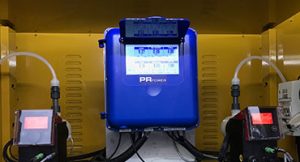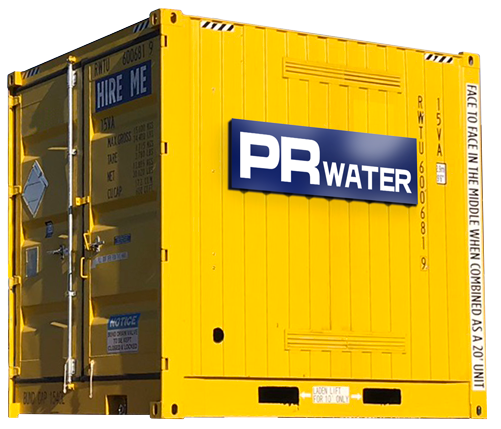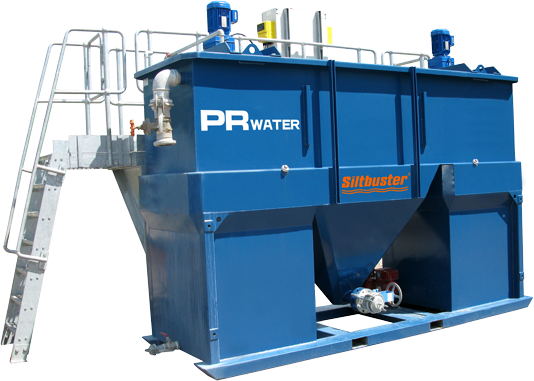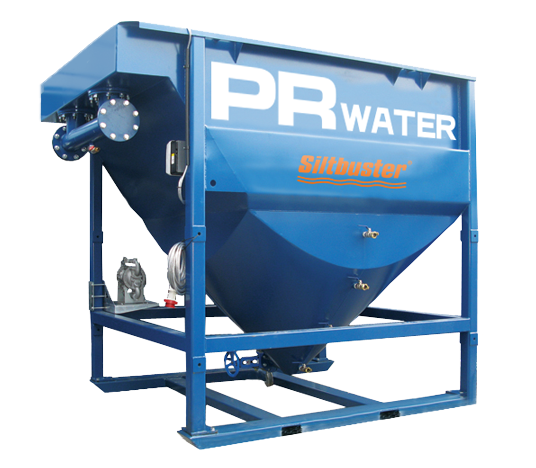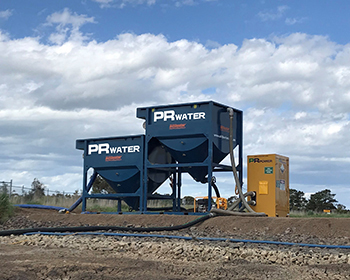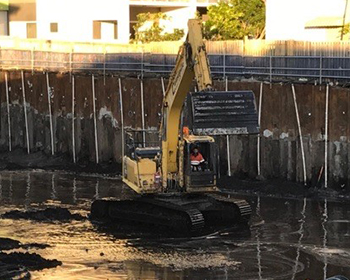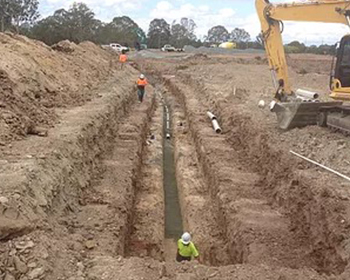The importance of pH in Wastewater Treatment
pH is a critical component in wastewater, making it the most important factor in determining how to treat wastewater irrespective of whether the treatment process is physical, biological or chemical.
- If the wastewater from industrial and manufacturing processes that are heavily reliant on acidic or basic chemicals are set to discharge into a lake or river, pH neutralisation becomes even more important.
- The environmental impact of wastewater that has not received pH correction prior to discharge would be catastrophic.
- A significant ongoing cost for many industrial and manufacturing businesses is the supply and implementation of pH adjustment chemicals to ensure that wastewater effluent composition is compliant with environmental regulations.
Cost Effective Methods of pH Adjustment in Water Treatment
The first step to understanding and controlling pH is by identifying which pollutants and materials exist in the wastewater and how they contribute to the pH levels. Once these are known, the starting & ending pH objectives can be determined, which then guides the required treatment method.
- Starting & ending pH values can be classed as narrow (e.g. 7.0 to 8.0) or wide (e.g. 7.0 to 10.0) and will impact the amount of residence time required to adjust the pH to suitable levels.
- The residence time is basically the time it takes for the waste to precipitate out of the solution which makes the required pH adjustment range highly important to the wastewater treatment process.
- Chemical selection is the next important stage in pH adjustment and recognising that different chemicals have different reaction times has a high impact on pH adjustment and control.
- There are 4 main types of chemicals used for wastewater treatment and these are coagulants, flocculants, pH neutralisers and anti-foaming agents. Coagulants and flocculants are the more commonly used treatment methods and work in conjunction with each other to remove suspended solids and clarify wastewater.
- Finally the next step is to ensure that the chemicals are only dosed at the correct time, in the correct amounts and in the most efficient manner possible.
- To ensure the entire process remains cost effective the chemical dosing system used is of paramount importance; excessive dosing leads to high material costs and high amounts of treatment chemicals being used whereas under dosing will reduce the efficiency of the entire process.
PROJECT SUPPORT AND MAINTENANCE |
||
CONTRACTING
|
CONSULTANCY
|
EQUIPMENT SALES AND RENTAL
|
| SUPPORT | ||
Project Success
|
Ongoing
|
|

